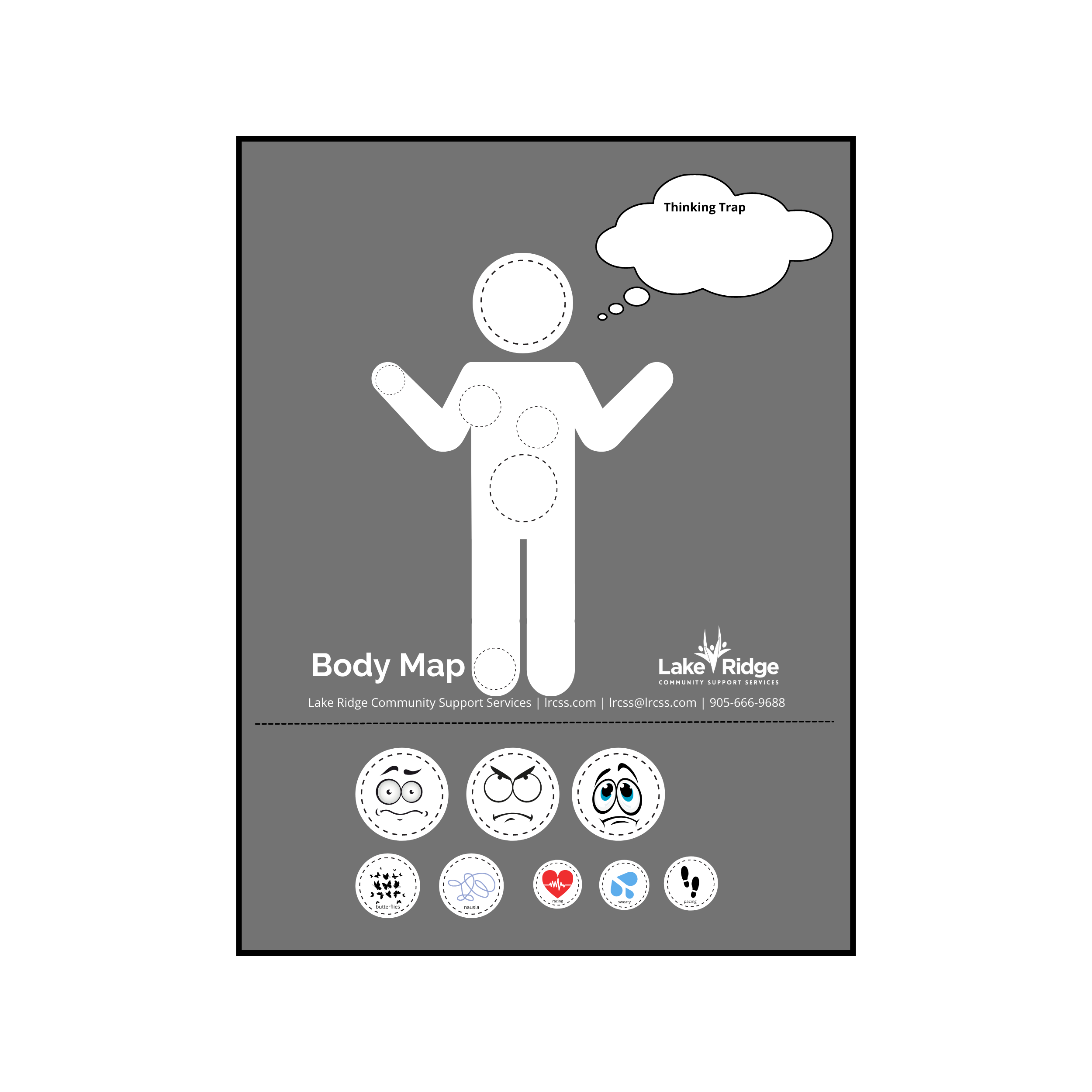What is a "Body Map" and how can it help autistic kids/kids with autism cope with anxiety?
The first step to solving any problem is recognizing you have one. When it comes to anxiety and other mental illnesses becoming more self-aware is a critical first step to coping.
A body map is an exercise you can do with your child to help bring more awareness to their body's response to situations that trigger their anxiety. By bringing awareness to the physical ways their anxiety shows itself in their body they can better prepare themselves to anticipate stressful situations so they can ask for help or use copings strategies before the situation gets too stressful.
Body Map example.
A body map is a simple image of a body. Your child can draw, write or cut out and glue images of facial expressions, and feelings they may have in different places in their body when they start to feel anxious.
For example, they could draw a butterfly over the stomach of the body indicating that they feel butterflies in their stomach when they start to get anxious. They could place a sticker of a racecar over the place where the heart resides in the body to indicate that they feel their heart racing when they get anxious. They could place an angry face over the head of the body indicating they feel they get angry when they start to get stressed out. Your child can even add things like the different thoughts that could start feelings of anxiety, we call them, “Thinking Traps”.
This exercise helps your child focus on the different ways they experience anxiety in a positive and productive way so when they are actually feeling anxious they can draw on that experience to recognize how they are feeling and either ask for help or start using one of their coping skills before their anxiety gets out of hand.
Body maps are just one of many tools you can use to help your child recognize the signs of anxiety and get a sense of how they are feeling. Other strategies include SUDS which stands for Subjective Unit of Distress Scale which is a self-reporting structure where individuals can rate themselves on their perceived level of stress, fear or anxiety or The Incredible 5-Point Scale (Buron & Curtis, 2003) which is a visual numbered scale of how an individual is feeling at any given time.
You can learn about all of these tools and explore coping strategies in our Anxiety Toolbox Workshop within our OAP Foundational Family Services Portal. Learn more about Foundational Family services here or visit the portal to sign up. In the meantime, you can download the Body Map exercise below.
Downloadable Body Map
Download and print this useful body map exercise to complete with your child.


